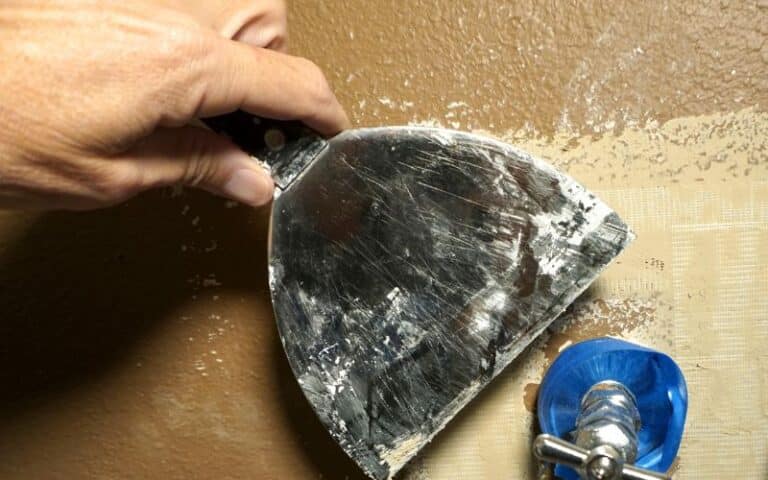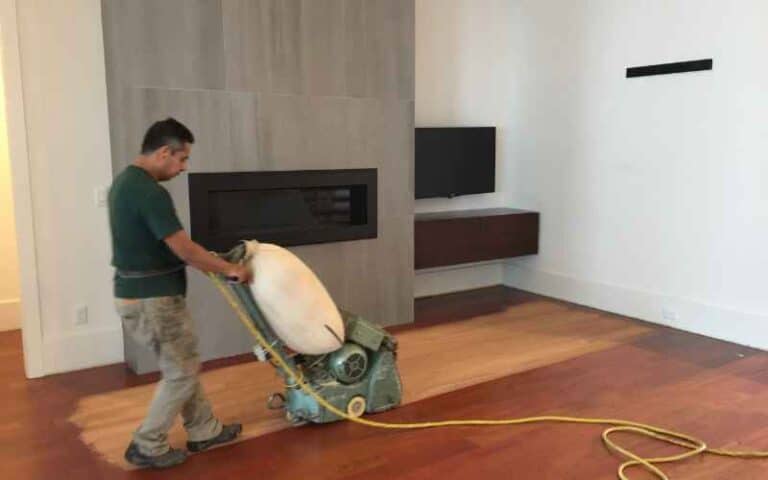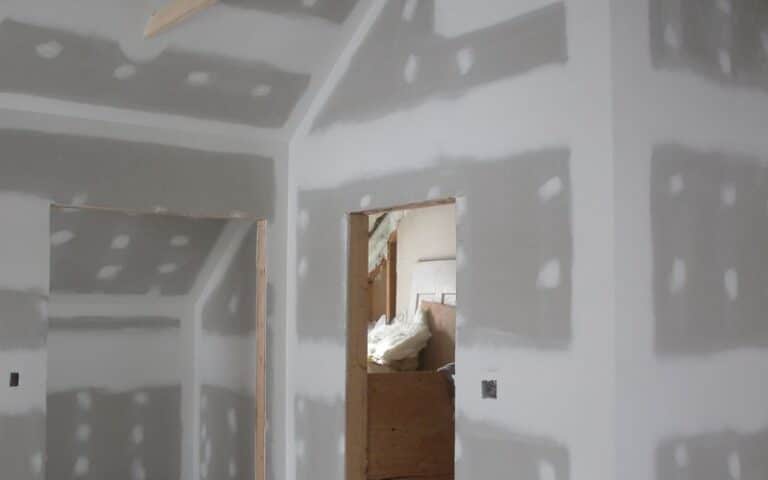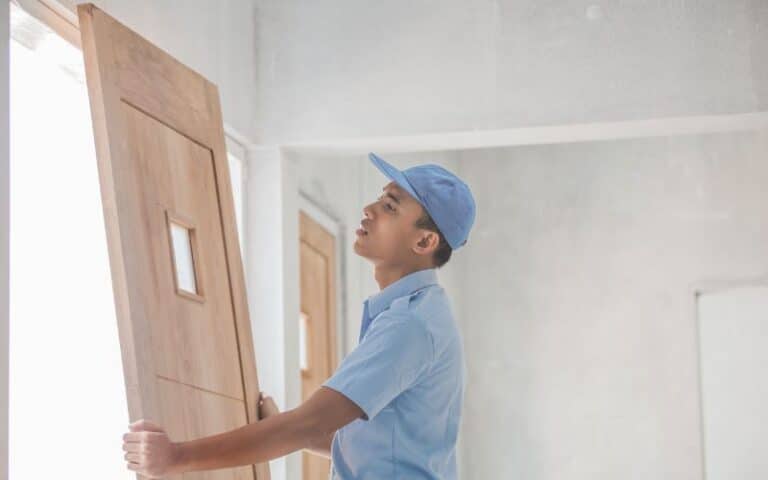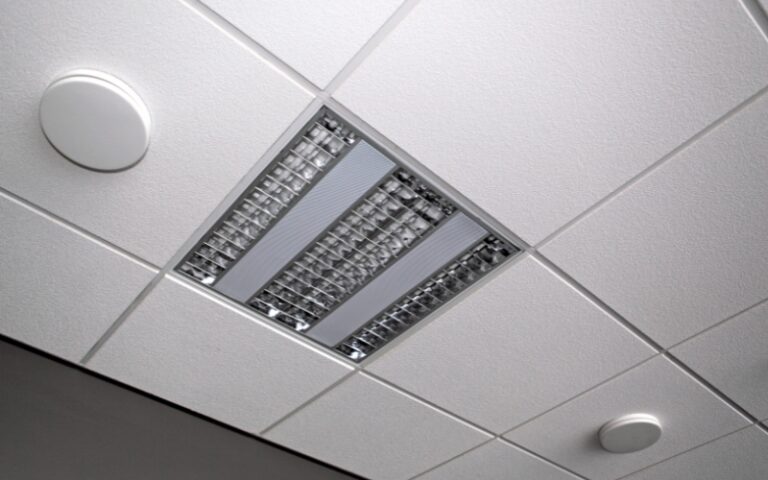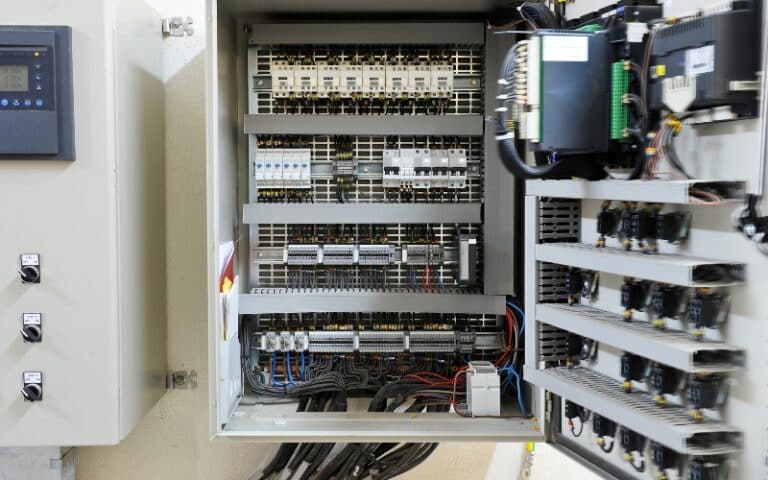Installation of dry walls involves many steps that you need to carry out to achieve the best outcome. One of the steps includes the taping process.
The taping process involves using tapes to secure the drywall sheet joints together and prevent the joint compound from slipping out.
The most commonly used tape for drywall is the drywall tape. However, if you need drywall tape, there are other alternatives you can consider.
Some alternatives for drywall tapes are mesh tapes, masking tapes, rolled tapes, and perforated tapes. If you know how to install the tapes, they will do the job just as well as drywall tapes.
In this article, I’ll give you more details on drywall tape alternatives and why you should tap them before leaving your drywall.
Ready for a Drywall Quiz?
What Can You Use Instead of Drywall Tapes?
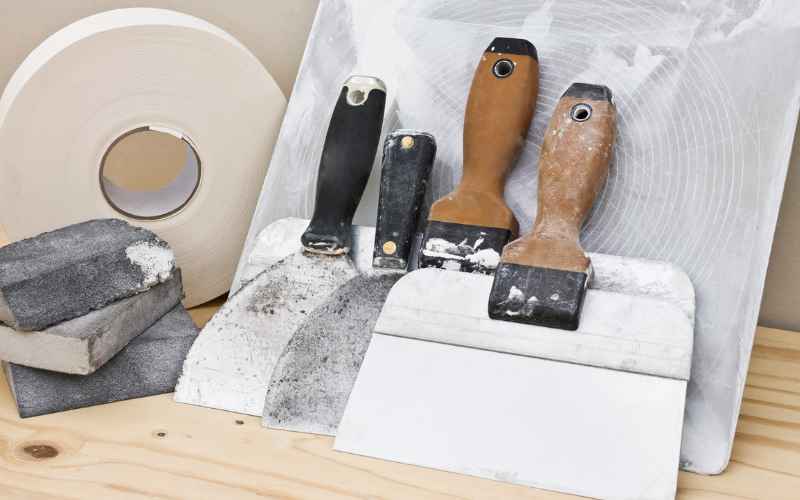
If you don’t have drywall tapes, you can use other alternatives.
Some alternatives for drywall tapes include;
- Thin fiberglass tapes
- Mesh tapes
- Metal tapes
- Flexible tapes
- Perforated tapes
- Rolled tapes
- Inside corner bead
When you need help finding drywall tapes available, go for other alternatives rather than not using any tape at all.
Leaving the drywall without sealing it with tape can cause the joint compound to squeeze out and create and mess.
Can You Use Mesh Tape for Drywall?
Yes, you can use mesh tapes for your drywall. Mesh tape is a good alternative in place of drywall paper tape.
If you have little experience taping drywalls, using mesh tapes would be the right choice. Mesh tapes are well known for how easy and fast it is to apply them.
Unlike drywall tapes, mesh tapes do not require the application of mud before installing them.
You can combine mesh tapes with quick-set drywall mud to get the best results.
Quick-set drywall mud works well with mesh tapes to make them solidify quickly and improve their self-adhesive property since it only works well for an average of two hours.
Here is a table to specify the areas of drywall taping that mesh tapes are good or not.
| Drywall Taping Areas | Suitable or Unsuitable |
|---|---|
| Newly installed drywalls | Suitable |
| Drywall butt joints | Suitable |
| Finishing drywall corners | Unsuitable |
| Flat joint | Suitable |
| Bevel and cut edge joint | Suitable after pre-filling with setting mud |
#1. Flat Joint
Here’s how to properly use mesh tape on a flat joint:
- The first step is to open up the mesh tape
- Place and hold the tape at one end and draw it over to the other. Avoid pushing the tape into the space in between the joint.
- Flatten it out with a tool with a smooth surface
#2. Bevel and Cut Edge Joint
Here’s how to use tape on an angle properly and cut the edge joint:
- The first step is to mix the drywall mud. Next, you’ll need to prefill the joint with mud before you use your mesh tape to finish it off.
- For the drywall mud mixing, you’ll need to buy some buckets, a mud mixing drill, and drywall mud from a brand like CGC lifeline or the USG plus three.
- Open up the drywall mud from its packaging, transfer it into a bucket, and dispose of the bag.
- If you purchase drywall mud from a brand like CGC, you will notice the mud is dry. The dryness of the mud makes it good enough to use in place of the quick set.
- Pour some water into the bucket of mud and use the mixing drill to break it down for a while.
- Hold the bucket between your legs, and all the drill spin at the bottom.
- Pause the drill in between spins as you slowly work your way to the top of the bucket
- Add more water into the bucket and lift the drill to the top to spin.
- You’d notice that the mud gets smoother as you spin.
- Once the mud is smooth enough, use it to prefill the joint
- After pre-filling the mud, leave it for some time to firm up.
- Open up your mesh tape and use it over the mud.
- Place and hold the tape at one end and draw it over to the other.
- Flatten it out with a tool with a smooth surface.
Can You Use Duct Tape for Drywall?
No, do not use duct tape for drywall. Although duct tape has desirable features such as durability, water-proofing ability, sticky and sturdy, it is not suitable for use on drywall.
The primary thing about duct tape is its strength and ability to hold things in place. However, strength is only part of what you need in tape dealing with drywalls.
Here are some situations that would make duct tape crumble:
- Although water resistant, duct tape will crumble in the face of prolonged exposure to moisture. Moisture will strip the adhesion off and create leaks in your drywall.
- Duct tape cannot handle temperatures up to 60 degrees or more. Hot temperatures cause duct tape to lose its strength and adhesion.
- Duct tape cannot handle freezing temperatures. Low temperatures make the duct tape’s adhesion become hard and lose its ability to stick to your drywall.
- Duct tape cannot handle too much exposure to ultraviolet rays from sunlight. The UV rays will cause the adhesion of the duct tape to break.
- If you plan to finish with paint after installing the drywall, refrain from using duct tape. Duct tape and paint go poorly together.
- Duct tape will surely damage your wall when you try to remove it.
Can You Use Masking Tape for Drywall?
Yes, you may use masking tape for drywall, but there are better options. If you want to use masking tape for your drywall, you must be careful and ready for the consequences.
When you want to use masking tape for your drywall, you must consider the following:
- Make sure to choose the right type of masking tape. Also, ensure that the tape has a substantial amount of adhesion.
- Ensure the room is under moderate temperature. The adhesion of masking tapes will crumble when the temperature is too hot or too cold.
- Ensure to use masking tapes that are only for smooth surfaces.
- Dust and dirt will cause masking tape to lose its adhesive property.
Here’s how to use masking tapes for drywall:
- Buy masking tape that is for smooth surfaces
- Clear out all the dust around before you make use of the masking tape
- Apply the masking tape from the middle of the wall to the top, and then go for the bottom
- Use the smooth surface of a tool to press against the tape and ensure it is flat and firmly in place.
Can You Seal Drywalls WIthout Tape?
Yes, you can seal the drywalls without tape, but there will be consequences.
You might get tempted to ignore the taping process and leave the drywall bare, but that would cause you more harm than good.
A compound is used to fill joints when installing a drywall and is known as a joint compound.
After applying the joint compound, you need tapes to secure the sheets together.
If you don’t secure the sheets using tapes, here are some of the adverse outcomes you’d most likely experience:
- The joint compound will spill into the walls through the seam. When the compound dries out, it’ll shrink and cause cracks
- Your time, effort, and resources will be wasted as you need more joint compounds to fill the cracks.
- The outcome of the drywall will be rough and unappealing.

